What is a Bow of a Boat? Types of Bow Designs
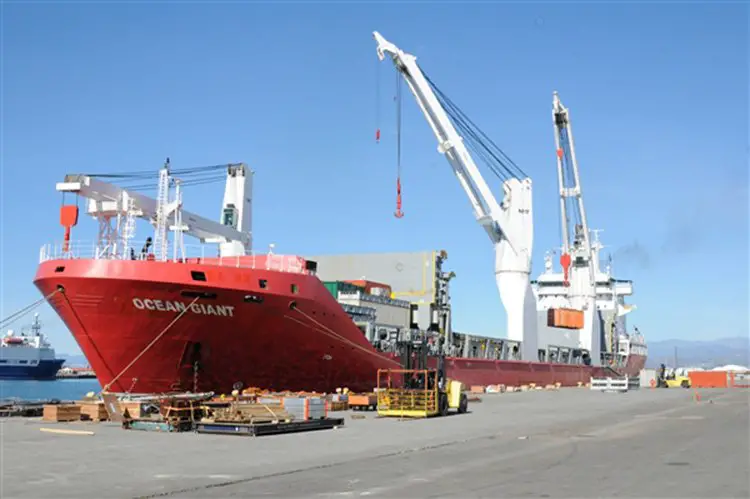
We will discuss a very important part of a ship or a boat – Bow.
Ships and boats face immense resistance on the water for the simple fact that compared to air, water produces more drag when moved through.
Hence the ships need to be designed in such a manner that the resistance is kept to the minimum. While conceptualizing a ship, the bow designs are the main factors.
While ships that are slender and curvier have less Wave Making Resistance while on the other hand, for the fuller ships the components of Wave Breaking Resistance are a more important factor.
What is the Bow of a Boat?
The bow is the name for the forward ends of the hull on boats and ships. It is the opposite end from the stern. The bow is that part of the ship that comes in contact with the water first and can be designed in a manner to control how the waves interact with the ship.
Where is the Bow of a Boat?
The bow is located in the front of a boat or ship. The bow of a boat usually has a pointed shape extending out of the water to cut through waves. This is designed to reduce drag and allow smoother movement through the water.
Types of Bow Designs
Though new designs seem to be dropping in every now and then, they seem to have reached a saturation point as most of them seem to be improvements made on old designs. With all that kept aside, here are some bow design types:
- The bulbous bow
- A normal bow without a bulb
- Other special bows
Plumb Bow
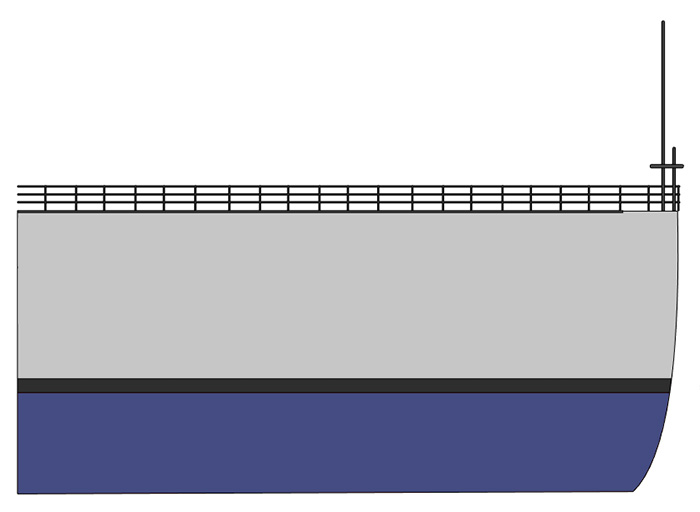
What we today call a normal bow has evolved from what was previously a vertical bow. Rake may be defined as the angle the ship’s stem makes with the waterline. This bow has the maximum waterline length of all.
A straight-edged vertical bow that is perpendicular to the waters is known as a plumb bow. If we don’t include an X-bow or Inverted bow, they happened to have the maximum waterline. This is what enables it to attain greater hull speed.
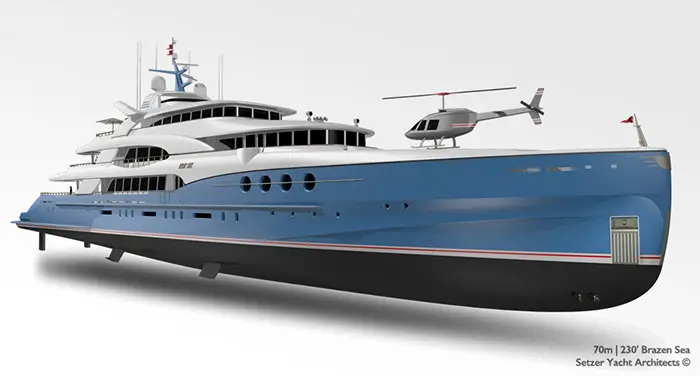
Pic courtesy: http://www.setzerdesign.com/new-concepts/plumb-bow-superyachts
Raked Bow
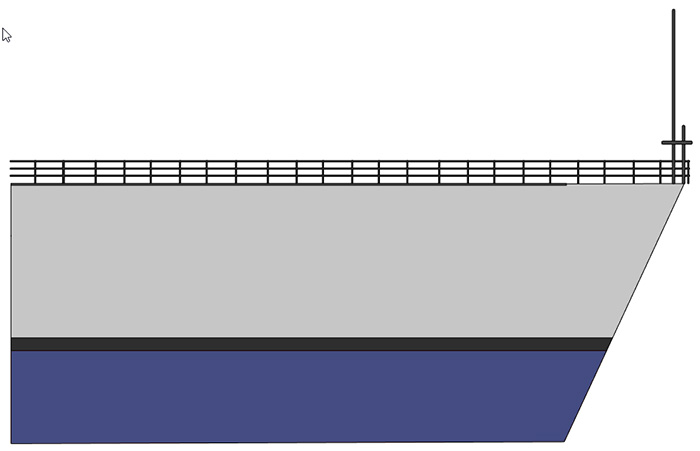
Raked bow designs can be said to be the most commonly used bow. It is also the most popularly used. The line of the bow is flat. It does not have any curves. The acute angle has to be less than 45 degrees. This enables the forward waterline position to allow more accommodations and especially a larger forward stateroom V-berth.
Clipper Bow
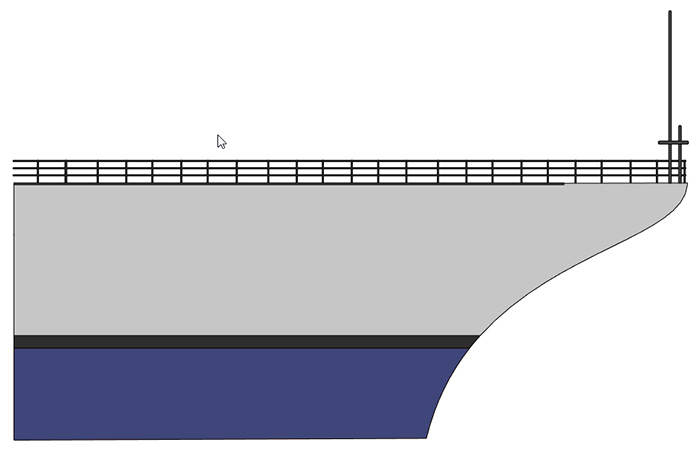
Clipper bow designs are some of the most traditional types of bow designs. The angle at which a ship’s hull plate or planking departs from the vertical in an outward direction with increasing height is known as a flare. They are used in conjunction with rakes.
Apart from easing the pitch motions flaring keeps water off the decks. Sometimes the rake is set up in such a manner that it protects the submerged portion during the collision by taking the impact first. This is known as the ‘crumple zone’.
In general, these types are called clippers. The way the rake is set up here increases the center of buoyancy as well as the stability of the ship. This, in turn, increases the GM which is an important factor for the ship’s stability.
Read more: What is a clipper ship?
Spoon Bow
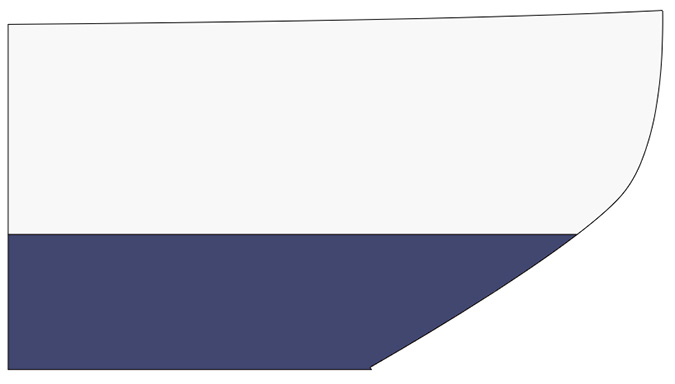
A spoon bow is a kind of bow design that convexes to the deck. It is called so because of its spoon-like appearance. This curve near the waterline is the most gradual. Such bow designs produce wave-making resistance due to the curvature at their cross-section.
Bulbous Bow
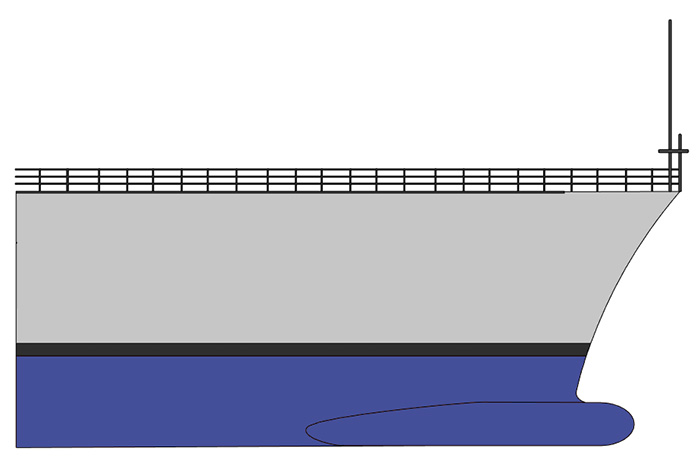
In bulbous bows, there is a protruding bulb at the bow just below the waterline. Here the water flows around the hull such that it reduces drag and increased fuel efficiency (up to 12% to 15% more than those ships that don’t have a bulbous bow), speed, range, and most importantly stability.
A bulbous bow increases the buoyancy of the front part and thereby decreases some of the up and down motion of the ship.
They are especially effective when the waterline length is longer than 15 meters and when the vessel is supposed to operate at its maximum speed most of the time. Such conditions are usually met by naval vessels, cargo ships, passenger ships, tankers, and supertaskers.
A bulbous bow would be detrimental to efficiency if used on smaller watercraft and thereby never used on powerboats, sailing boats, yachts, and other recreational boats.
The bulbous bow does its job by producing what is called the bow wave. The bulb forces the water up forming a trough and when added to a conventional bow in the right manner cancels out the wave produced by it, hence reducing the vessel’s wake.
A bulbous bow is popular in seagoing cargo ships and vessels that are larger in size.
Also read: What is a Hydrofoil Boat?
Parabolic and Cylindrical Bows
Compared to the straight sharp bow section ship designers sometimes tend to design blunt stems, thereby creating a parabolic shape. They are sometimes using in addition to bulbs to tackle the Wave Breaking Resistance. These bow designs are popular in bulk carriers of a fuller build.
Parabolic bows have a close resemblance to cylindrical ship bows since they are also designed keeping a bigger form factor in mind. They have the ability to absolutely minimize the Wave Making Resistance if proper care is taken while designing them. They are ideal for ships in fully loaded conditions.
Axe Bows
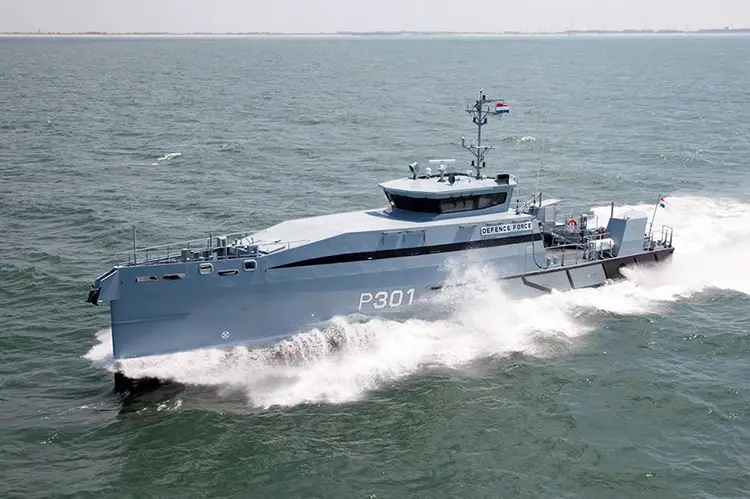
So, what is the job of an axe? To cut trees, right? The axe bow used in ships has a similar task too, that is cutting through the water. The long deep and narrow fore portion of the hull resembles an axe. The design includes a vertical stem line.
This shape allows the ship to easily pass through the waves and keeps the up and down motion of the ship to the minimum when compared to a normal bow. The lower portion of the fore-end of the hull is known as the forefoot. It remains submerged in the water and thus less open to slamming.
This has its disadvantages as well because a ship with an axe bow requires more power from the rudder while maneuvering.
Inverted Bow
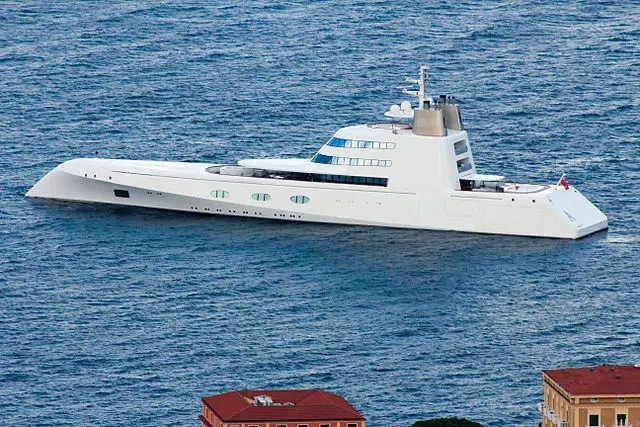
An inverted bow, often known as a reverse bow is referred to those in which the most extended point is not the top, but rather the bottom. They maximize the waterline, thereby resulting in tremendous hull speed and better hydrodynamic drag when compared to normal bows. To achieve that they sacrifice buoyancy and tend to dive under the waves instead of going above.
Just like the axe bow designs the pitching (up and down motion) and slamming are much reduced resulting in a much more enjoyable journey for the crew. They are quite operable in the medium tide and are easily maneuverable.
They are fuel-efficient too. Another positive aspect of the bow is that it doubles up like a deck and can accommodate the personnel.
Previously they were popular on battleships and large cruisers. But they became unpopular when newer designs came about. This was because they were not good at tackling high waves and became wet at high speed.
However, they have re-entered the market with all glory and are used nowadays mostly in AHTS (Anchor Handling Tug Supply) vessels, Seismic Vessels, Offshore and Pipelay Vessels, drillships, etc.
Ram Bow
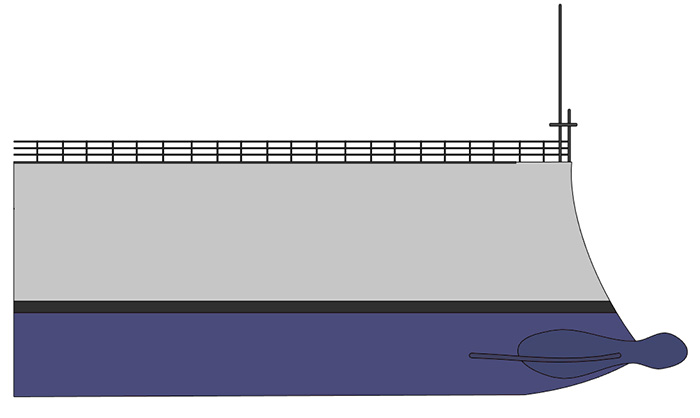
A ram bow is more of an extension that is built underwater below the hull of a ship. It is a kind of weapon which is used to pierce the hull of an enemy ship. It is not used much in today’s time but it was quite popular a few decades ago.
Conclusion
As we came to know earlier almost all possible combinations of bow designs have been attempted and so any bow that you come across must either be present in this list or would be the combination of the ones present here.


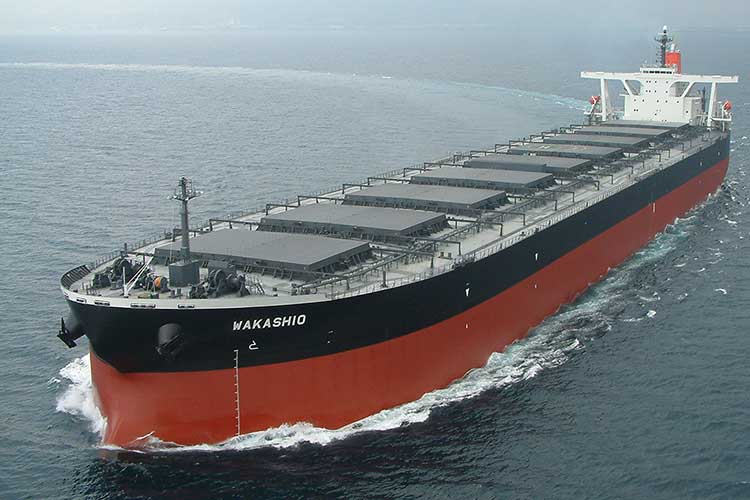

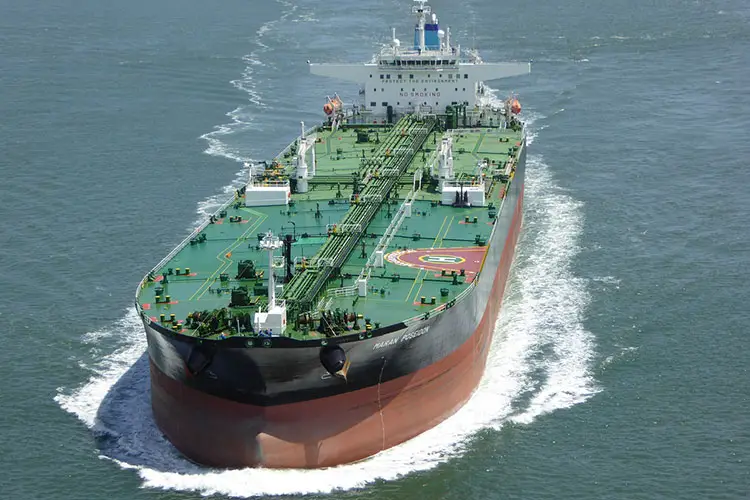

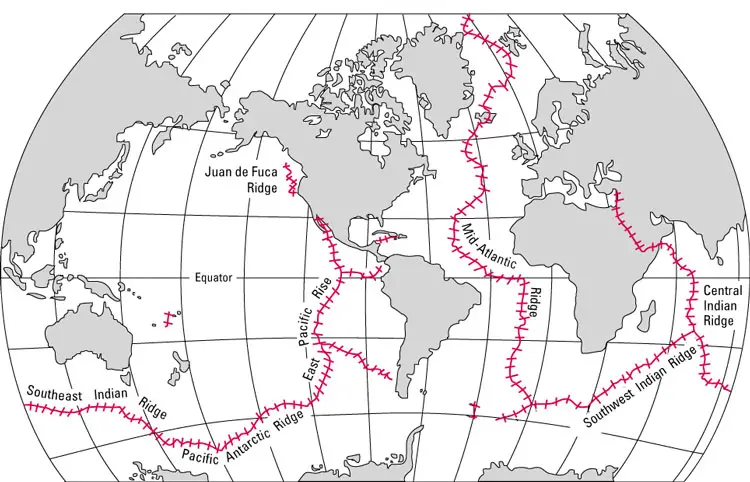
What is the name of a measurement from the bow of the boat to the waterline.
I’d call it overhang